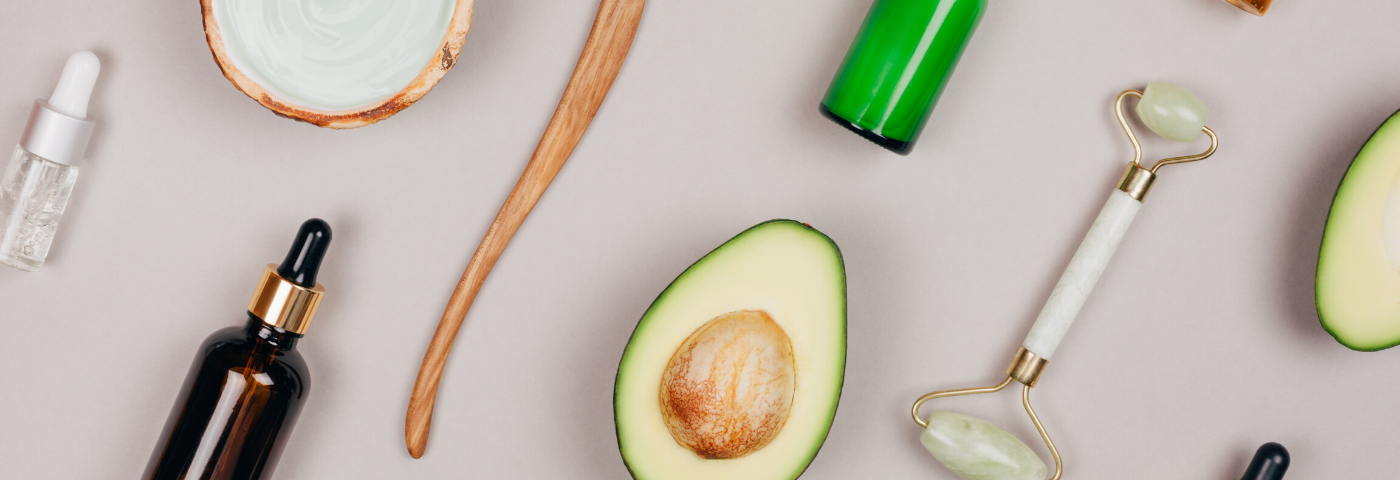Explore clean beauty trends in the beauty landscape with our highlights from Global Data’s in-cosmetics Asia 2019 session.
First and foremost a data analytics company, Global Data applied their TrendSights framework to understand Beauty Landscape. From this, they were able to deduce that the APAC Cosmetics & Toiletries (C&T) industry was the largest region in 2018 with a value of US$173bn.
Change has been the theme of the beauty industry. Niche concepts such as clean beauty are not only gaining consumers’ attention but also represent interest among manufacturers. This is best demonstrated by their research, which indicates that consumers are moving towards eco-friendly products, with 49% of those surveyed interested in ammonia-free claims and 44% attracted to cruelty-free claims.
Key consumer target audiences include:
- Millennial and Gen Z – the generational demographics that have shown the most actionable interest in purchasing beauty products with ‘clean’ claims
- Parents are more likely to look for natural products when buying for children
- APAC region for their interest in pure, fresh and clean claims
The clean beauty movement has driven scrutiny around the use of ingredients and production methods of beauty products. In terms of formulation, clean beauty requires short and safe ingredients, the adoption of ethical marketing claims and the use of packaging to create or support the claim.
Clean beauty is fast becoming the new standard of natural beauty. Rising concern among consumers around green chemistry and a desire to make eco-friendly lifestyle choices should be kept in mind when planning future formulations.
Clean beauty has deep roots in sustainability. Read all about the tools for sustainable innovation.

